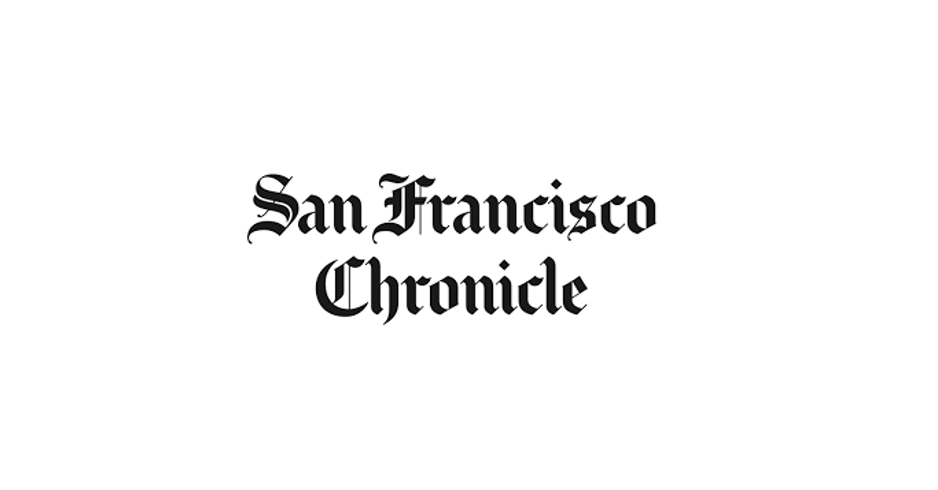By Rob Tufel
San Francisco Chronicle
February 2, 2022
In January, the Centers for Disease Control and Prevention issued its final count of COVID deaths for 2020. Identified as the underlying cause of death of 350,831 people that year, COVID-19 catapulted into becoming the third leading cause of death in the country.
But while all things pandemic related continue to dominate the headlines, another killer continues to ravage the country as it always has, and it is nearly twice as deadly.
Cancer killed 602,350 in 2020 — almost double the number of people COVID-19 did. In the 50 years since the Nixon administration declared a “war on cancer,” the disease has killed millions of people in this country. Every hour of every day, 200 Americans are diagnosed with the disease. In the Bay Area alone, there are 34,000 cancer cases reported annually, and that number will only continue to grow. By 2050, as the population ages, the CDC projects that cases in the U.S. will increase by almost 50%.
Cancer doesn’t need to be this deadly.
One thing we’ve learned over time is that early detection is the single best defense we have against the disease. Death rates have dropped during the past 30 years as early detection technologies became available for the five types of cancer that medical professionals can screen for — breast, cervical, prostrate, high-risk lung and colorectal. From 1991 through 2019, there was a 32% decrease in cancer deaths, saving millions of lives. While early detection isn’t the only reason for that change, it certainly plays a role. Patients with an early-stage diagnosis for breast and prostate cancer, for example, have survival rates of 98% to 100% in the first five years compared to 28% for breast and 29% for prostate when caught at later stages.
Unfortunately, for the millions of Americans with one of the more than 100 types of cancer that we do not yet have early detection technology for, they are still at a potentially fatal disadvantage. Individuals diagnosed with ovarian cancer, for example, usually don’t discover they have the disease until it is in stage three or later, leading to very low survival rates. But if diagnosed early, ovarian cancer has a five-year survival rate of more than 90%. Today, seven of every 10 cancer deaths in this country are from variations for which we don’t have screening capability.
But hope is on the horizon.
A number of companies are developing multi-cancer early detection blood-based tests. In fact, successful clinical testing has been taking place right here in the Bay Area. One blood test, intended to complement existing screenings, has shown it can detect more than 50 types of cancer from a single blood draw, decreasing the need for patients to undergo invasive and expensive diagnostic tests. A study published by the Annals of Oncology showed that particular blood test was able to accurately detect 44% of cancers between stages one through three, across multiple deadly types with a false positive rate of less than 1%.
This new generation of blood tests has the potential to significantly improve a physician’s ability to determine whether a patient has cancer and if the disease is still in its early stages. Access to these tests would likely lessen a patient’s fear that a cancer diagnosis is an automatic death sentence, encouraging them to come in early for detection and improving their overall prognosis.
Multi-cancer early detection blood tests could be one of the most revolutionary technologies to bend the curve on cancer mortality rates. But for it to be a game changer, Congress must act. Its first step should be to pass the Medicare Multi-Cancer Early Detection Screening Coverage Act.
Currently, some of these blood-based early detection tests are available to a limited number of patients in pilot programs. However, the tests are not yet approved by the U.S. Food and Drug Administration nor are they covered by private insurance. But as successful clinical trials and pilot programs continue, it is only a matter of time before they receive FDA approval and are covered by private insurance. Congress needs to be ready for that day, to ensure that all Americans, especially those over 65, will have immediate access to them. If passed, the Medicare Multi-Cancer Early Detection Screening Coverage Act will create a pathway to allow Medicare to cover these tests as soon as they are approved by the FDA so no one is left behind.
Why bother passing legislation for something that hasn’t even been approved for use by the FDA yet? With cancer, timing is everything. Clearing the way for Medicare to cover this new technology in advance of FDA approval is the most responsible action for Congress to take considering the number and progress of tests under development and that the majority of cancer patients are 65 or over. This way, cancer patients won’t have to wait for bureaucracy to catch up to technology.
Embracing multi-cancer early detection and setting up the system to improve access now will set the country up to fundamentally reimagine how we fight and hopefully one day eradicate the disease.
The current pandemic brutally exposed how our lack of preparedness led to a public health crisis that many experts had warned was coming. We don’t have to repeat that same mistake with cancer. Passing the Medicare Multi-Cancer Early Detection Screening Coverage Act will ready our health care system to save millions of lives.
Rob Tufel is chief executive officer at the Cancer Support Community San Francisco Bay Area.
